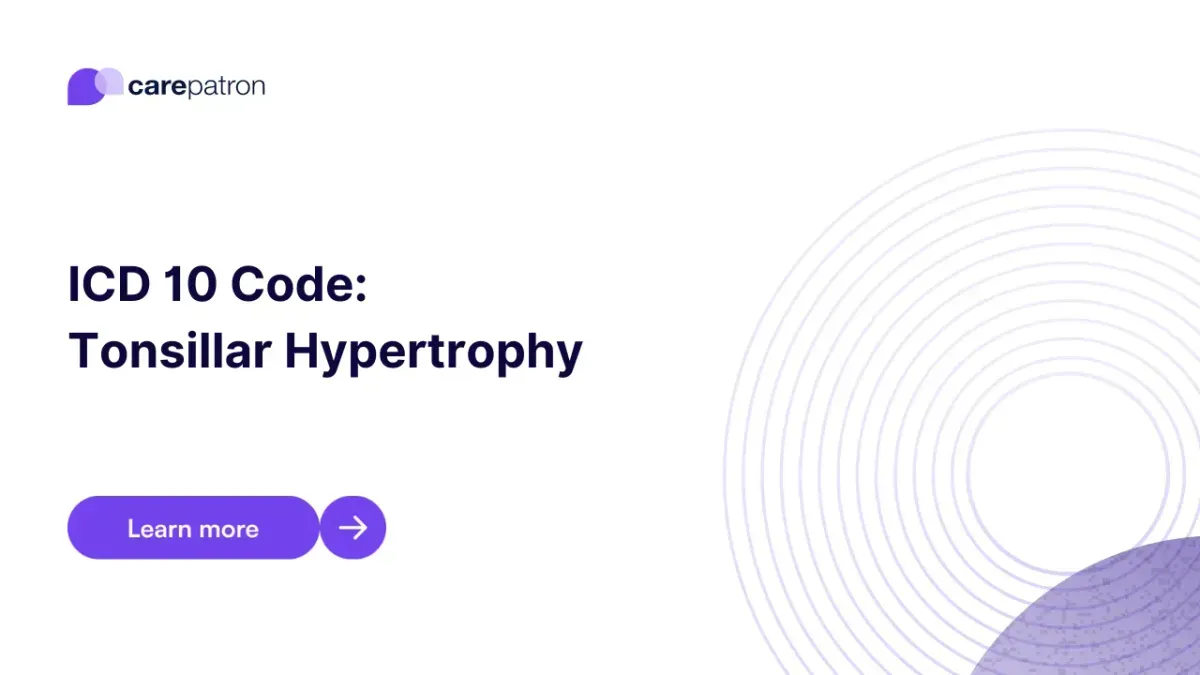
Tonsillar Hypertrophy ICD-10-CM Codes
Explore ICD-10-CM codes for tonsillar hypertrophy, its symptoms, chronic conditions, diagnosis, and treatment—including non-surgical and surgical options.
Use Code
Commonly asked questions
Yes, mild to moderate cases of tonsillar hypertrophy can often be managed with medical treatments such as antibiotics, allergy medications, or corticosteroids, mainly when caused by infection or inflammation. Surgery is typically considered only when non-invasive treatments fail or symptoms severely affect breathing, swallowing, or sleep.
Tonsillar hypertrophy most commonly affects children between the ages of 2 and 10, when lymphoid tissue is naturally more active. However, adults can also develop this condition due to chronic infections, allergies, or other underlying health issues.
Yes, enlarged tonsils can obstruct the airway during sleep, leading to obstructive sleep apnea, particularly in children. This condition can cause snoring, restless sleep, and daytime fatigue if left untreated.
EHR and practice management software
Get started for free
*No credit card required
Free
$0/usd
Unlimited clients
Telehealth
1GB of storage
Client portal text
Automated billing and online payments
